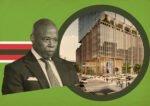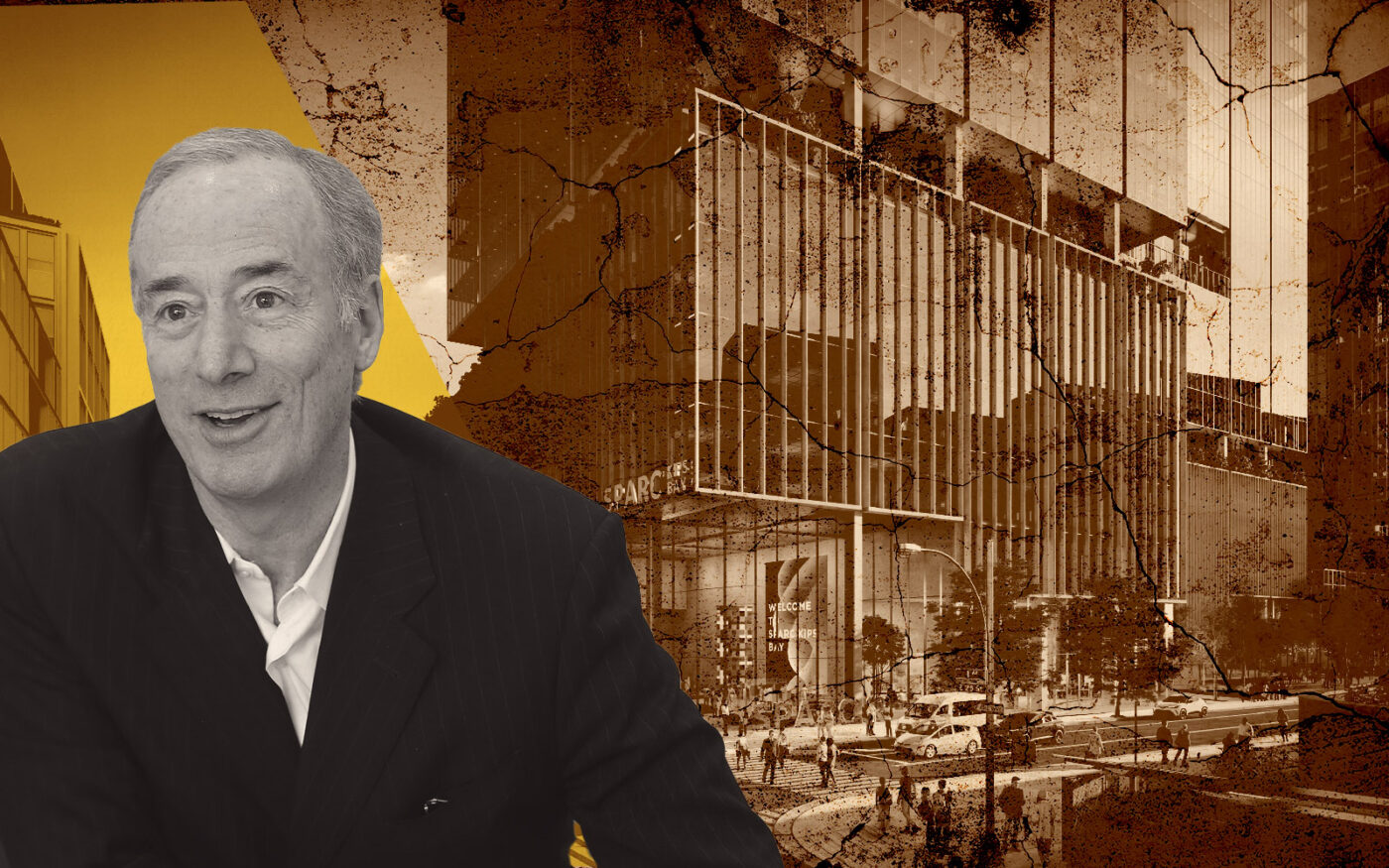Diminished demand for life sciences space could dim plans for the project known as SPARC.
Alexandria Real Estate Equities on Wednesday warned that declines in demand for life science offices could saddle the city with empty space at the Science Park and Research Campus, or SPARC. Alexandria’s Richard Suarez called on the city to leave the door open for other uses at the Kips Bay project, including housing.
“No one can predict what future demand will be when SPARC delivers in 2031,” he said, reading prepared testimony at a City Planning Commission hearing.
It was an unusual moment in the hearing, given that Alexandria is not working on SPARC. The real estate investment trust is, however, a competitor: It is working on the third phase of its own life science campus nearby. The company sued the city in August, claiming that the Economic Development Corporation delayed the project and caused the REIT to miss out on a life-science bull market.
According to a CBRE report from this year, New York City has 3 million square feet of life science space, of which 1 million is up for grabs.
At one point, City Planning Chair Dan Garodnick asked Suarez why Alexandria took an interest in SPARC.
“We don’t want to see a failed project,” Suarez answered. “It’s bad for the ecosystem and bad for the city.”
The Economic Development Corporation is seeking approval of a number of land use actions to make way for the life sciences campus, located between First Avenue and the FDR Drive and East 25th and East 26th streets.
The eastern portion of the site would include a new educational building for Hunter College and the CUNY Graduate School of Public Health & Health Policy. EDC will seek a private developer to take over the western portion of the site to build life science facilities and office space.
The EDC is also planning a new life science hub, known as Innovation East, at 455 First Avenue. Together with SPARC, the campuses would deliver more than 1.5 million square feet of life science space.
At SPARC, the city is taking the position that a special permit is necessary to ensure that manufacturing-related laboratories can set up shop at the future campus. This year the City Council approved City of Yes for Economic Opportunity, which allowed some lab space — if it is a non-production chemical lab — to be built without a special permit.
The special permit for SPARC means that housing cannot be part of the project, a decision that, at least on the surface, seems at odds with the administration’s efforts to find opportunities to build housing on city-owned land. Suarez testified that the city shouldn’t prioritize the possibility of manufacturing use at SPARC at the cost of prohibiting housing.
But the administration sees the project as a job driver, creating a pipeline from the universities and local public schools to the life science and health industries that move into SPARC. EDC’s Andrew Kimball said SPARC and Innovation East “will cement the Kips Bay area as the anchor of New York City’s life sciences ecosystem.”
Alexandria’s Suarez was not alone in calling for flexibility in the project.
Manhattan Borough President Mark Levine wrote a recommendation in favor of the project and encouraged its approval. He acknowledged that housing is not “compatible” with the SPARC plans but asked EDC to prioritize housing on other city-owned sites. He also asked EDC to “exercise flexibility” in allowing different uses at SPARC.
“Other projects in Manhattan have had trouble leasing life sciences space,” he wrote in his assessment of the project. “In the spirit of ensuring the success of this campus, I ask EDC to exercise flexibility in its approach and attract a wide range of companies and uses to ensure the ultimate success of this project.”
Read more



